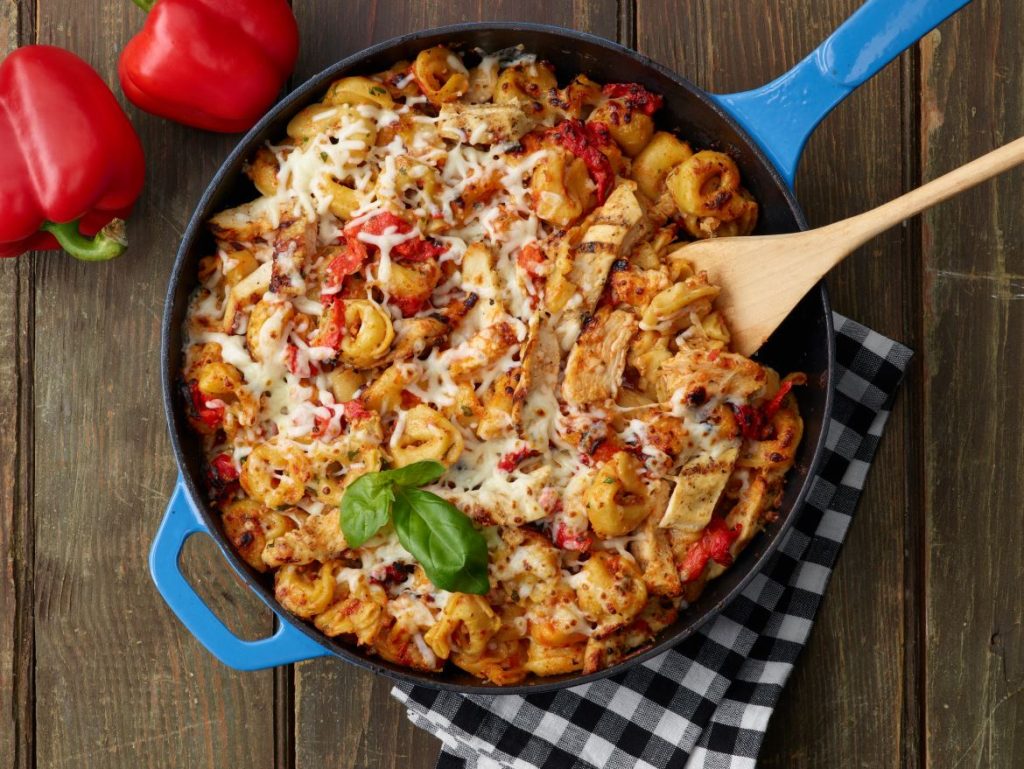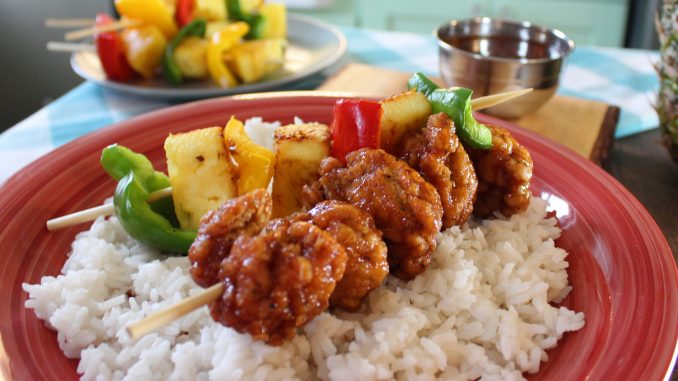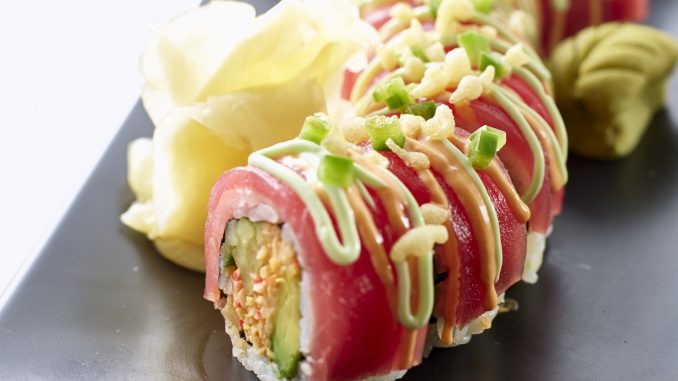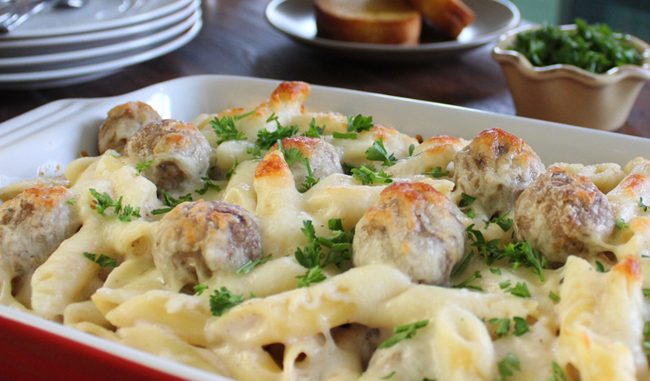Making a Meal Destination
December 1, 2019 | 8 min to read
Prepared foods are increasingly dominating deli departments, competing fiercely with restaurants and enhancing retailers' profits. According to Nielsen, prepared food sales reached nearly $30 billion in the year ending October 26, 2019, marking a 3.8 percent increase. Sharon Olson, executive director of Culinary Visions, emphasizes that consumers are seeking indulgent yet healthful products, pushing for offerings that are not only delicious but also accessible and sustainable in both foodservice and supermarket delis.

Prepared foods have definitely been taking over deli departments, not only creating meal destinations that are giving today’s restaurants a run for their money, but also raising basket rings for retailers.
New York City-based market research firm Nielsen reports that in the 52 weeks ending Oct. 26, 2019, prepared food dollar sales totaled close to $30 billion, a 3.8 percent increase from the same period a year prior.
“In general, we are seeing that consumers expect to have it all, including products that offer indulgence with healthful characteristics that feed the desires of today’s consumers at home,” says Sharon Olson, executive director of Culinary Visions, based in Chicago. “Healthful, delicious, accessible and sustainable menu offerings are driving foodservice and of course, that would also apply to the supermarket deli, as well.”

Entrée Evolution
What we’ve been seeing in the last four to five years is an evolution into prepared foods destinations.
“This can be a separate segment in the store in some cases, but it depends on the store format,” says Eric Richard, industry relations coordinator for the Madison, WI-based International Dairy Deli Bakery Association (IDDBA). “Stores are taking on different types of programs, such as in- store dining.”
What’s driving this is changing consumer eating patterns. More people want convenience and prepared food options, and the perfect time for picking up a meal is during a grocery shopping trip.
Rather than the quintessential sandwiches or pizza, shoppers are seeking healthier fare, including plant-based entrées, foods sourced locally and unique, upscale fare typically found in restaurants.
“Restaurant trends are transcending to supermarket delis,” says Richard. “Retailers are in a good position to compete with restaurants.”
A robust menu with new ideas is not a necessity, but a focus on flavor and doing a few things well are key.
“Those embarking on a successful prepared foods program need to compete with restaurants of all types,” he says. “Customization and personalization are very important to take prepared food programs to a new level.”
While one customer may want to explore different options, another’s goal may be to get in and out quickly. Providing both experiences can expand a program’s demographic to both types of consumers.
“From our experience, supermarket delis are evolving into a destination for shoppers, where they can find innovative entrées with authentic flavors that are fresh, healthy and satisfying,” says Breana Jones, director, marketing and sales at Hissho Sushi, based in Charlotte, NC. “They want more convenience, flexibility and variety in prepared meals.”
Entrée items are becoming more sophisticated in the deli in terms of product, packaging and merchandising.
“The products have moved from standard and traditional recipes to more premium ones with specialty ingredients and flavors that cater to today’s more demanding palates,” says John McCarthy, senior brand marketing manager, Reser’s Fine Foods, Beaverton, OR. “There is also a greater variety of entrées available in both bulk and prepack. New meal kit packages are now offered that allow consumers to customize their meals.”
Delis today are creating meal solution sections where entrées are sold next to complementary items, such as sides and salads, to make it easy for consumers to quickly pick up dinner on busy weeknights.
Whereas in the past, food was eaten for fuel, today it’s more about the experience.
“This is an important factor to keep in mind from a retail standpoint, to give consumers an experience,” says Larry Montuori, vice president of sales, Nuovo Pasta Enterprises, Stratford, CT.
In the last 12 to 24 months, there has been an influx of take-and-bake and quick-serve entrée foods and meals within the supermarket deli.
“Most stores offer pre-made entrée options, but some do offer self service or make-your-own options,” says Derek Skogen, senior product manager, Placon, Fitchburg, WI. “Today’s consumer is looking for a convenience type meal solution that does not require a lot of time and is easy to prepare.”
Most stores have a dedicated space to an entrée or meal kit section that includes items prepared in the store deli area.
“Rather than having a supermarket deli customer put fried chicken, a vegetable and starch in a separate self-serve bag or container, they can now easily grab an entrée that includes all items, and it is much more appealing than a frozen dinner and, in most cases, has been freshly prepared the same day,” says Skogen.

Trends & New Products
Customers are seeking meal solutions that are quick and convenient.
As a result, Hissho Sushi created new, innovative rolls that not only deliver on taste, but also fulfill the health standard more shoppers are searching to find. This year, the company unveiled its Spicy Pepper Roll and Veggie TNT Rolls made with a plant-based protein to serve as the “tuna” – a roasted bell pepper.
The company also has launched three light salads to complement its sushi rolls and complete families’ meals. The new Zesty Cucumber Salad, Ginger Edamame Salad and Banzai Crab Salad can serve as a side for any lunch or dinner roll.
In addition, its offerings now include six poke bowls and stuffed dumplings for a Dim Sum menu.
A number of new deli entrées have reduced the amount of artificial ingredients and now offer cleaner ingredient lists.
“We are also seeing different portion sizes in prepack entrées to cater to the different consumer household sizes,” says McCarthy at Reser’s.
Reser’s recently launched three entrées in the deli—Baked Ziti Bolognese, Baked Chicken Broccoli Cheddar, and Baked 5 Cheese Macaroni—that are fully baked for a homemade taste and appearance without any prep. These entrées also come in a tray that is safe to heat in the microwave or oven so they can go directly from fridge to oven for added convenience.
Nuovo Pasta is relaunching its pesto line and debuting traditional sauces like marinaras, al fredos and putenascas.
“There has been an evolution with prepared food companies launching more gourmet side dishes that retailers can put together in commissaries,” says Carl H. Cappelli, senior vice president of sales and business development, Don’s Prepared Foods, Schwenksville, PA.
The company has launched five globally-inspired gourmet sides.
“There are trends with Middle Eastern, Asian and Latin American flavors, but comfort foods remain big in the U.S.,” says Cappelli. “The other big trend is prepared or heat-and-eat foods with little to no prep needed. Consumers also are seeking clean products with no artificial flavors, colors or preservatives.”
There’s been an evolution from plated meals to chef-inspired meal kits. Now retailers are taking the cue and chains like Kroger, Publix and Whole Foods are jumping on that bandwagon.
Over the past 12 to 24 months, Placon has launched a variety of products within its HomeFresh Entrée product line. This provides a variety of options, ranging from one- to three-compartment bases that can hold 8 up to 40 ounces of hot or cold foods.
Keep in mind that most consumers don’t know what they are having for dinner tonight let alone in the next few days.
“So it is critical to properly merchandise entrées next to sides, salads and complementary dishes to create a meal solution center,” says Reser’s McCarthy. “It is optimal to provide simple meal ideas using shelf signage or tear sheets at the shelf that pair an entrée with a side and a salad, etc. for a complete meal and offer special meal deal bundle pricing to make it as simple as possible for consumers.”

Marketing for Moving
There are a couple approaches, including providing an all-in-one solution and cross merchandising with other foods.
“On the one hand, there’s a basic level with rotisserie chicken, sides, a roll and beverages,” says Eric LeBlanc, director of marketing, Tyson Foods, Springdale, AR. “Cross merchandising is fresher, yet you can only do this with so many meal solutions at a time.”
Tyson recently worked with a retailer on co-merchandising, and by messaging outside the store, sales increased between 15 and 20 percent.
Retailers also can rotate a meal special each night or provide the components for a meal, such as chicken tenders, sub rolls, Mozzarella cheese and spaghetti sauce for a chicken Parmesan sandwich.
“[The mindset is] how do you take something that’s not exciting on its own and make it into something that feels like another meal or dish,” says LeBlanc. “For example, combining buffalo wings, Hawaiian rolls and ranch dressing for a buffalo chicken slider. All you need is three ingredients, and it feels like a completely different meal.”
To ensure that messaging thrives, Hissho turns to its trained chefs to connect directly with shoppers inside the deli area and capture audiences through education of its menu, tastings and samples.
“Retailers need to make it easy for consumers to find what they’re looking for and provide vegan/vegetarian options, entrées for meat eaters, and items to accompany entrées like French bread and grilled chicken, salad,” says Cappelli at Don’s. “It should be easy for them to find meal solutions to meet everyone’s needs.”
Utilizing social media brings tremendous value with deli prepared food marketing programs and is something all stores should be engaging in.“It’s up to the individual chains to put the focus and concentrated effort on prepared foods departments,” says Richard at IDDBA. “We’re seeing new builds within supermarket chains where there is a much greater focus on this segment than in the past, and we predict that will continue to grow.” DB

